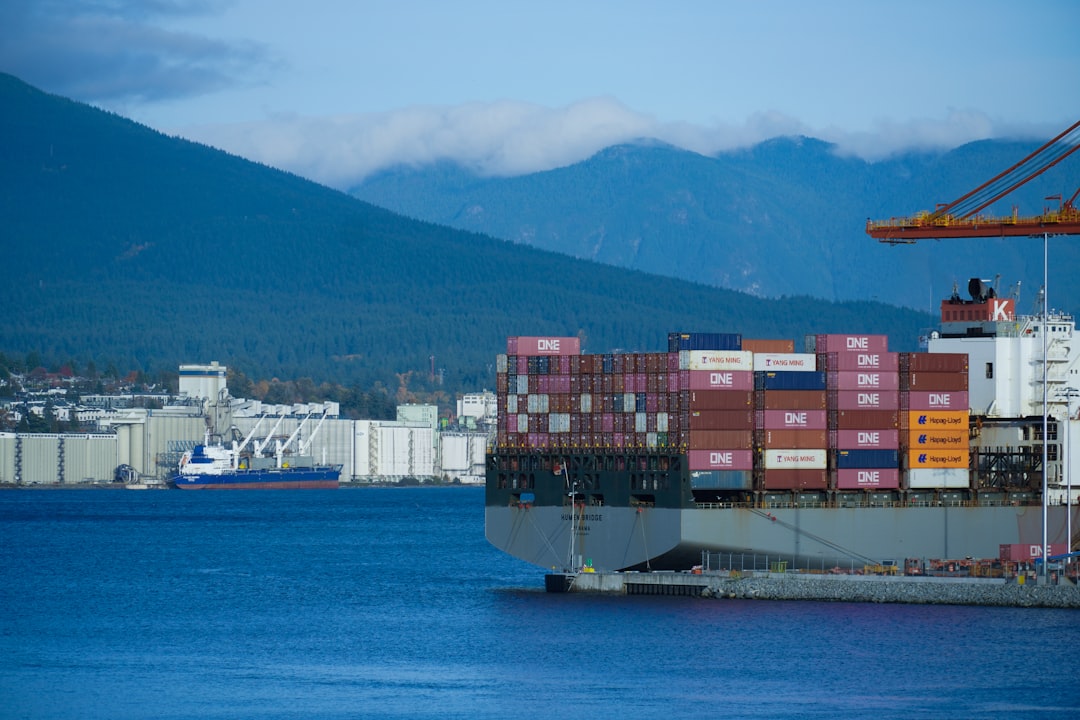Expanding your business to 40+ countries is an ambitious but achievable goal. It requires a well-defined strategy, meticulous planning, and a deep understanding of international trade. This guide provides a roadmap to navigate the complexities of global expansion, helping you successfully reach new markets and boost your revenue.
1. Thorough Market Research: Identifying Your Target Markets
Before diving into logistics and regulations, thorough market research is paramount. Don’t treat all 40+ countries as a monolithic entity. Each possesses unique cultural nuances, consumer preferences, economic conditions, and regulatory frameworks. Your research should identify:
- Market Size and Potential: Analyze the demand for your product or service in each target country. Consider factors like population size, disposable income, and competition.
- Consumer Behavior and Preferences: Understand cultural sensitivities, purchasing habits, and preferred communication channels. Adapt your marketing materials accordingly.
- Competitive Landscape: Identify key competitors, analyze their strengths and weaknesses, and develop a competitive advantage.
- Import Regulations and Tariffs: Research import duties, taxes, and any specific regulations that may affect your products.
- Distribution Channels: Determine the most effective ways to reach your target customers, whether through direct sales, distributors, or online marketplaces.
Utilize resources like market research reports, industry publications, government websites, and trade associations to gather comprehensive data.
2. Navigating Export Regulations and Compliance
Exporting to multiple countries means navigating a complex web of regulations. Non-compliance can lead to significant delays, fines, and even legal repercussions. Key aspects to consider include:
- Export Licenses and Permits: Determine if you need any specific licenses or permits to export your products to each country. These requirements vary significantly depending on the product and destination.
- Customs Procedures and Documentation: Familiarize yourself with the customs procedures in each target country. Accurate and complete documentation is essential for smooth customs clearance.
- Product Labeling and Packaging Requirements: Ensure your products meet all labeling and packaging requirements, including language requirements and safety standards.
- Intellectual Property Protection: Protect your intellectual property rights in each target market by registering patents, trademarks, and copyrights.
- Sanctions and Embargoes: Stay informed about any sanctions or embargoes that may restrict trade with certain countries.
Engaging a customs broker or international trade consultant can significantly simplify this process.
3. Optimizing Your Logistics and Supply Chain
Efficient logistics are crucial for cost-effective and timely delivery. Consider these aspects:
- Choosing the Right Shipping Method: Select the most appropriate shipping method based on factors like cost, speed, and product fragility. Options include sea freight, air freight, and courier services.
- International Freight Forwarders: Partner with reputable freight forwarders who have experience handling international shipments to your target markets.
- Inventory Management: Implement an efficient inventory management system to ensure you have sufficient stock to meet demand in each market without excessive storage costs.
- Warehousing and Distribution: Consider establishing warehouses or distribution centers in strategic locations to reduce shipping times and costs.
- Supply Chain Risk Management: Develop strategies to mitigate potential risks, such as delays, disruptions, and natural disasters.
A well-optimized supply chain can significantly reduce costs and improve efficiency.
4. Crafting a Multilingual Marketing Strategy
Effective marketing is essential for success in international markets. Consider:
- Language Localization: Translate your marketing materials into the local languages of your target markets. Simple translation isn’t enough; cultural adaptation is key.
- Cultural Adaptation: Tailor your marketing messages to resonate with the cultural values and preferences of each target market.
- Digital Marketing Strategies: Utilize various digital marketing channels, such as social media, search engine optimization (SEO), and pay-per-click (PPC) advertising, to reach your target audiences.
- Local Partnerships: Collaborate with local distributors, influencers, or marketing agencies to enhance your reach and credibility.
- Market Entry Strategies: Choose the best market entry strategy for each country, such as direct export, indirect export, joint ventures, or foreign direct investment.
A localized and culturally sensitive marketing strategy is critical for building brand awareness and generating sales.
5. Managing Financial and Legal Aspects
Expanding to 40+ countries requires careful financial and legal planning. Key considerations include:
- Currency Exchange Rates: Manage currency fluctuations to minimize financial risks.
- International Payment Methods: Utilize secure and efficient international payment methods, such as letters of credit or electronic funds transfers.
- Tax Implications: Understand the tax implications of operating in each target market and ensure compliance with all relevant tax laws.
- Legal Compliance: Ensure compliance with all relevant local laws and regulations in each target market.
- Insurance: Obtain appropriate insurance coverage to protect your business from potential risks, such as shipping damage, product liability, and political instability.
Seeking professional advice from accountants, lawyers, and financial experts is highly recommended.
Successfully exporting to 40+ countries requires a long-term commitment, careful planning, and adaptability. By following these strategies and continuously monitoring market conditions, you can increase your chances of success in the global marketplace.
SEO Tags:
export strategy, international trade, global expansion, market research, export regulations




